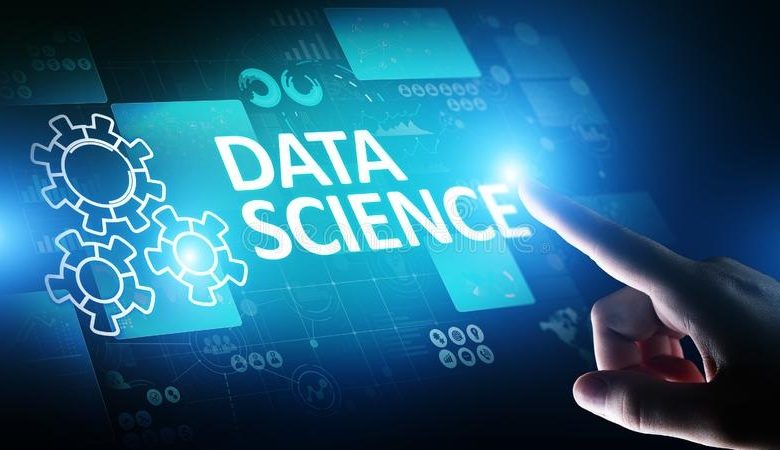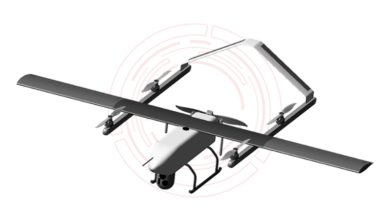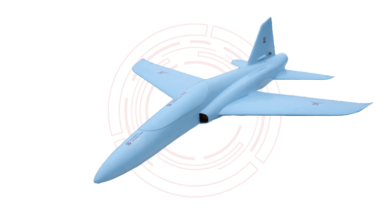Role of New Emerging Technologies like AI, ML, and Automation in Data Science Life Cycle Management



When we are working in a data science team, it is essential to understand and quickly align with the real objectives of the data management processes. This is often laid down in the data science lifecycle roadmap that is taught in most online courses. In the last few years, data science lifecycle frameworks have more or less evolved around the use of technologies and analytics available to developers and analysts. Whether you are working in a cloud computing company or a software development firm, chances you would have to deploy at least one data science lifecycle framework in your tenure, and at most times, your agility to work with tools like AI ML, Automation and Information Security analysis would be tested beyond competency.
In this article, I have grouped some of the key technologies that converge at various steps of the data science lifecycle.
Let’s break these down into context.
Quick brief: What is the data science life cycle?
Like any workflow management process, the data science life cycle too can be fully understood graphically, by referring to this blog. In this article, I have explained the OSEAN framework for data science management and the key steps involved in the process.
The five stages are as follows:
- Obtaining the Data
- Data Cleansing/ Scrubbing
- Data Exploration
- Data Modelling
- Data interpretation / Reporting
Understanding Technology: AI, Machine Learning, RPA and So on
Now, let’s go a step ahead and dive into the advanced techniques that we can use for the data management life cycle. These are broken down into different domains by virtue of the use of AI, Automation (RPA, to be precise), App development, Machine Learning, IT modernization, virtualization, and so on.
These can be studied as part of:
- Data Ops
- IT and DevOps
- AI Ops
- AutoML
- Robotic Process Automation
- IT Virtualization
- Cloud Computing
- Information Security (InfoSec/ Info SecOps), and so on To understand these tools and become a master in AI ML, you can enroll for any Artificial Intelligence Course Online.
Data Science Merges with Machine Learning Operations (MLops)
MLops can sharpen the competitive edge you have in your data science workflows. But this requires specific abilities and dexterity with working with machine learning techniques such as clustering, regression analysis, segmentation, and GMMs. The problem with working with MLops is that it would test your ability to understand the existing IT infrastructure and tools and test if these can handle Big Data clusters so that you can label them as supervised or semi-supervised training data.
MLops can be integrated into all 5 levels of the OSEAN framework that I have mentioned above.
Machine learning solutions can be added to improve data extraction, data exploration, and data preparation, with minimum “noise” and errors. In fact, the whole concept of Anomalies Detection in Big Data and Cloud computing makes its entry into data science through this MLops for data exploration and preparation stage.
In advanced scenarios, MLOps is layered with existing architecture for Development Ops and IT ops. The modeling codes for MLOps + ITops, therefore, work around the ability of your semi-supervised machine learning algorithms types.
If your ML models can be entered into reproducible evolution charts, you can declare your MLops to be super successful, as per the current benchmarks in data science lifecycle performance metrics.
Reproducible Machine Learning in IT Ops can be labeled for Version Control, Model Monitoring, and Metadata management, allowing you to run hyperscale tests and experiments for advanced workloads, such as data visualization, containerization, virtualization, and RPAs.
Now, let’s dive into the RPA side of the Data Science lifecycle management.
RPA developers and data scientists are the hot pair in the data science industry. The two communities have come closer in the recent, especially with the wide scale popularity of machine learning programming languages like Python and R touching new highs, and then we also have the Open Source development projects going in RPA that specifically focus on Data Science management.
New technologies like predictive intelligence, optimization detection, and Auto Machine Learning complement the whole ecosystem of RPA- based data science lifecycle automation and agility.
AnalytixLabs has systematically created every course and resource in accordance with these demands.


